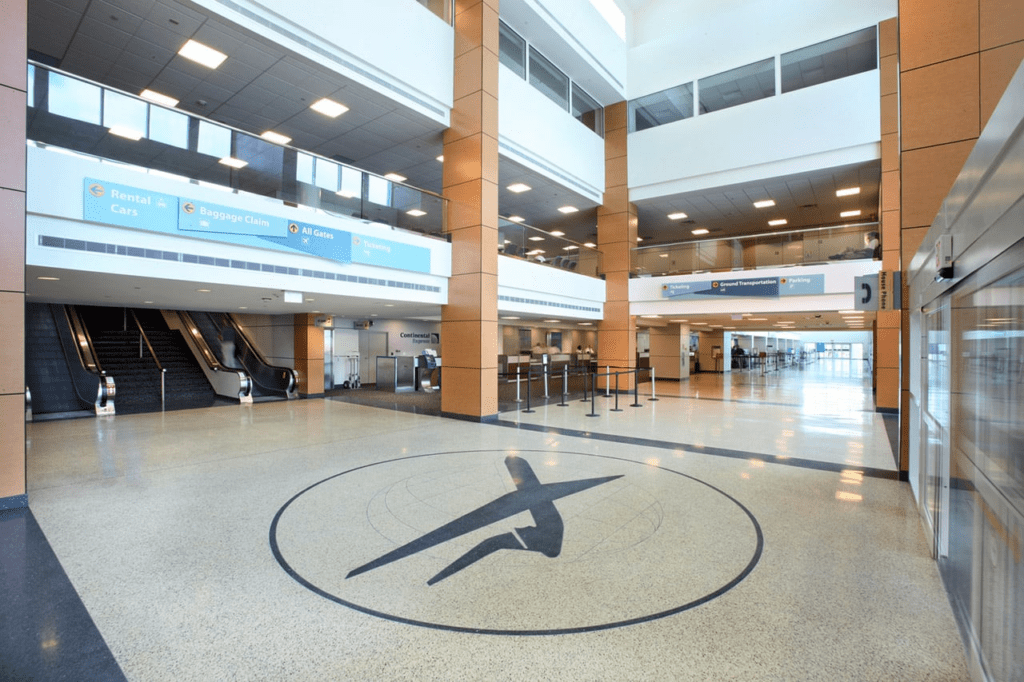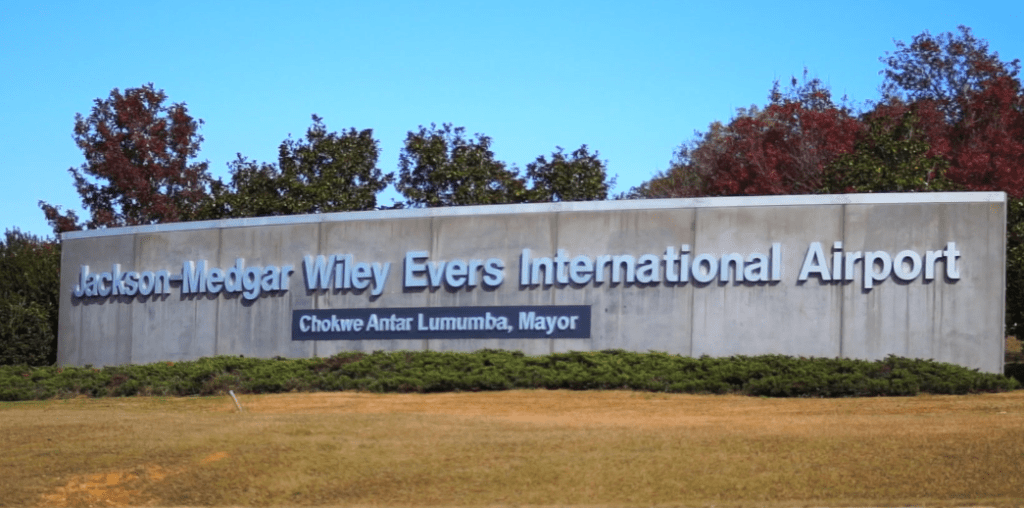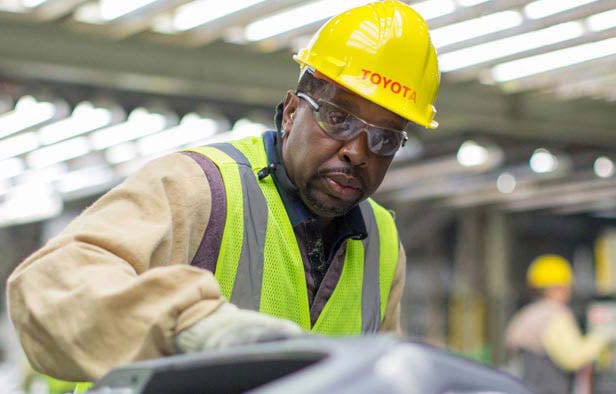
(Photo from FlyGPT)
- Business columnist Phil Hardwick takes a look at the economic impact the Magnolia State receives from its network of airports.
Airports in Mississippi are more than just runways.
While most Mississippians are familiar with at least one of the eight commercial airports in the Magnolia State, few realize that there are 65 general aviation airports serving local communities and generating a significant economic impact.

According to Wes Kirkpatrick, Monroe County Airport Manager and President of the Mississippi Airport Association, “Just their economic contributions in terms of jobs, payroll and output from on-airport operations, Capital Improvement Projects (CIP) expenditures, visitor expenditures, and the multiplier impacts resulting from the re-circulation of these initial impacts is significant. A study in 2012 found that the 73 airports generated an estimated $2.53 billion in economic output.”
He also pointed out that Mississippi airports support vital transportation services for all citizens in the state, whether they use the air transportation system directly, or benefit indirectly through the delivery of packages and goods, visits from family and friends, or an improved quality of life. The magnitude of the economic impact that Mississippi receives from its network of airports is noteworthy, particularly from its two largest commercial airports in Jackson and Gulfport. In addition to economic benefits, airports provide communities with links to the national air transportation system, and they support many health, welfare, and safety services that improve the quality of life for all residents, businesses, and visitors.
Beyond the quantitative aspects of aviation benefits, there are also qualitative benefits that deserve consideration when the total value of an airport system is analyzed. Qualitative benefits are those activities that take place at an airport regularly that add to the quality of life but are difficult to assign a dollar value. Qualitative benefits typically enhance the health, welfare, or safety of individuals in the airport’s market area. While it may be difficult to place a dollar value on such impacts, these benefits improve the quality of life of Mississippi’s residents in a variety of ways.
Kirkpatrick pointed out that activities contributing to the qualitative benefits vary throughout the airport system, yet each airport contributes in some way to the quality of life of residents of Mississippi. Some examples of the qualitative benefits of aviation at Mississippi system airports include:
• Facilitating emergency medical transport
• Providing support for law enforcement
• Conducting search and rescue operations
• Supporting the U.S. military and other government organizations
• Assisting with prisoner transport
• Supporting statewide agricultural activities
• Providing entertainment opportunities (e.g., museums, air shows)
• Hosting school field trips and other educational events
• Serving as a staging area for community events

History of Airports in Mississippi
The earliest recorded airport in Mississippi was Payne Field at West Point. During World War I, the US Army established an advanced aviation school there to train American pilots to fly over the battlefields of France. Mississippi’s first modern airport was Davis Field in Jackson, which opened in February 1928 and cost $53,300 to build. The first commercial flight by Woolman’s Delta Air Service departed from Davis Field on its western route to Texas. This airport was subsequently renamed Hawkins Field, and the Army Air Corps trained pilots there during World War II.
During the Great Depression the Works Project Administration helped to build modern airport facilities in Biloxi, Columbus, Greenwood, Gulfport, Meridian, and Tupelo. During the late 1940s and early 1950s Mississippi secured federal funding to modernize many of the former army airfields into commercial airports. By the early 1960s scheduled airline service existed in sixteen communities around the state. Other Mississippi towns built industrial parks near their airports to attract new manufacturing and service industries.
Local Airports

Most people are familiar with the large commercial airports, such as those in Jackson and Gulfport. Local airports are less well-known outside their communities.
The typical local airport is owned by the city or county where it’s located. It could have a full-time, part-time manager, or none at all and overseen by a city or county official. It is funded locally for operations and through the FAA’s AIP entitlement funds for capital improvement projects. This varies for commercial airports, but general aviation airports receive $150,000 per year and can be rolled over up to for years for a total of $600,000. Mississippi Department of Transportation (MDOT) Multi-Modal funds are also used for capital improvements but is a highly competitive grant program with limited funds.
The most common everyday use of a non-commercial airport is a fuel stop for aircraft flying cross country.
Smallest and Largest Mississippi Airports
Kirkpatrick said this is a hard category because there are different parameters to rank, such as runway length, based aircraft, passenger enplanements, etc.
When ranked by total economic output, Eupora is the smallest at $30,800 and Jackson International is the largest at $873,529,100. Removing commercial airports from the mix will result in the largest being Bay St. Louis at $82,116,700.
At 10,004 feet, Meridian Regional Airport airport’s runway is the longest public runway.

Agricultural Aviation
When speaking of local airports, agricultural aviation cannot be forgotten.
Agriculture is Mississippi’s number one industry, employing approximately 29% of the state’s workforce either directly or indirectly. In Mississippi, agriculture is a $7.5 billion industry. There are approximately 42,400 farms in the state covering 11.2 million acres, which makes agriculture a significant contributor to all 82 counties.
In Mississippi, there are:
• Approximately 230 agricultural licensed aviation pilots
• Over 100 aerial applicator businesses
• Over 190 registered aircraft for agricultural purposes
• Over one million acres sprayed by aircraft in 2012
In summary, Mississippi’s airports are an important contributor to the state’s economy and its quality of life.











